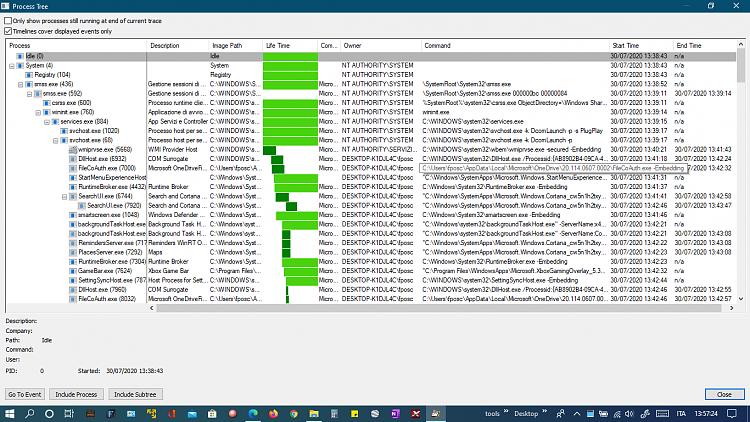New
#51
Normally a laptop HDD has a read speed of 100MB/s and my 8 year old Win 7 laptop with HDD used to boot in ~3 minutes.
As einstein1969 has so many services, app and programs that load at startup and he has a slow HDD, the answer is yes.


 Quote
Quote













